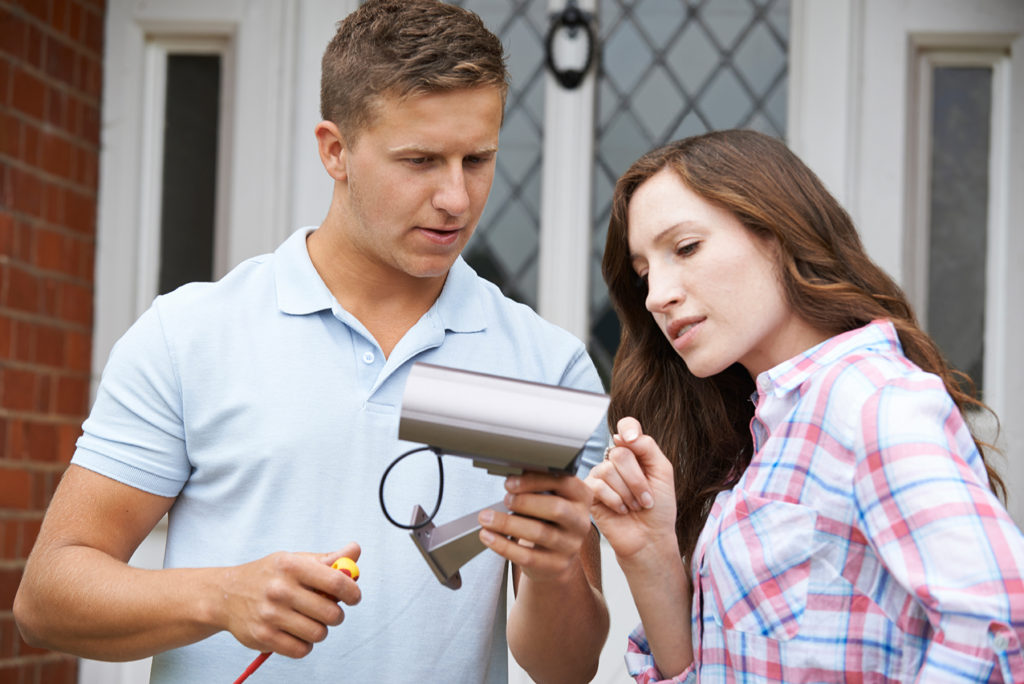Homeowners choose to install surveillance cameras for a variety of reasons, but there are 2 major things to consider before making such a large investment for the equipment, installation, and connectivity, of this sometimes complicated and expensive peace of mind.

Where are you recording?
Before looking to install cameras you will consider where you would like them to be placed. Maybe you are looking to monitor the living areas of your home or perhaps you need to keep an eye on the property surrounding your house. Knowing where you want the cameras will help you determine the other qualities necessary to have the appropriate system installed.
Sometimes, you want those entering your home or property to know that you have a surveillance system. Other times it is in a homeowner’s best interest to keep cameras tucked away. This decision will help you decide if you can settle for standard camera styles or need something less discreet that can easily be hidden away from prying eyes.
Security cameras cannot just be purchased and placed anywhere. For example, a camera meant for indoor use will not feature a water-resistant housing and will be quickly damaged in the rain. On the other hand, spending money on a weather-proof camera for inside your home would simply be a waste.
Choosing how you will power your home’s security cameras will depend largely on their locations and how many you are looking to place on your property. There are three types of power supplies available for home security camera systems including battery operation, single-camera connections or multi-camera hubs available.
Why are you recording?
Some homeowners only want to record at night while they are sleeping or during the day while they are away at work. If it is one or the other than you can save money by purchasing cameras specifically for the time of day at which they will be recording. This way you don’t pay for features that you won’t be using.
The security systems of yore are no longer and new technologies have amped up their quality to astonishing heights. These newer cameras are capable of recording in high-definition if you feel the need, but even standard definition cameras offer images with great quality.
On large properties, homeowners may want their cameras to have a clear view of the outlying property. Longer focal lengths allow images at greater distances to remain in clear focus, but these lenses can cost more. For monitoring closer to home, a smaller focal length may be all you need.
One thing that has not changed in security camera systems is the availability of recording options. You can buy cameras that only record when activated by motion or others that record continuously. Even the old intermittent-snap style cameras are still available for those that don’t need full video.
If you decide to install security cameras in or around your home, you must first be sure of why and where you would like to monitor. Based on your answers to those questions, your choices will be vast. Just be sure not to spend money on unneeded features.

